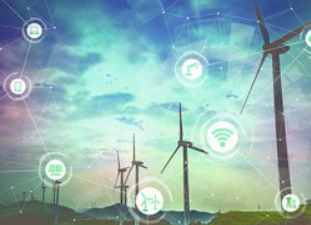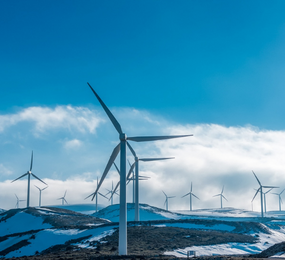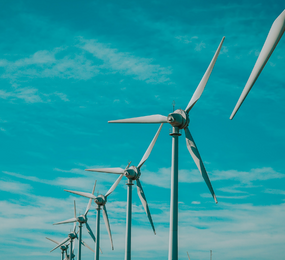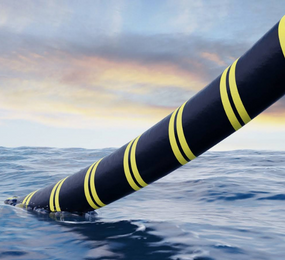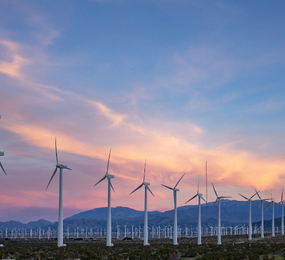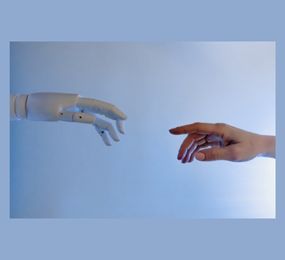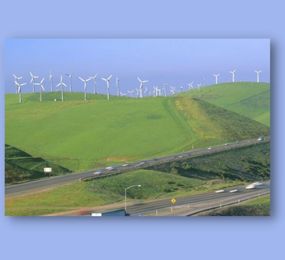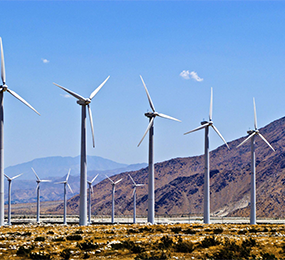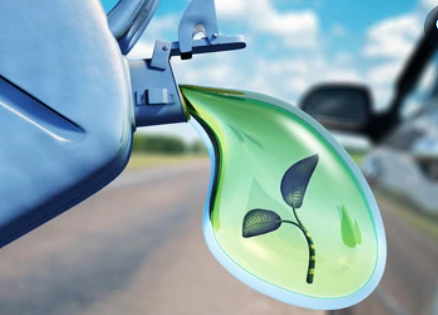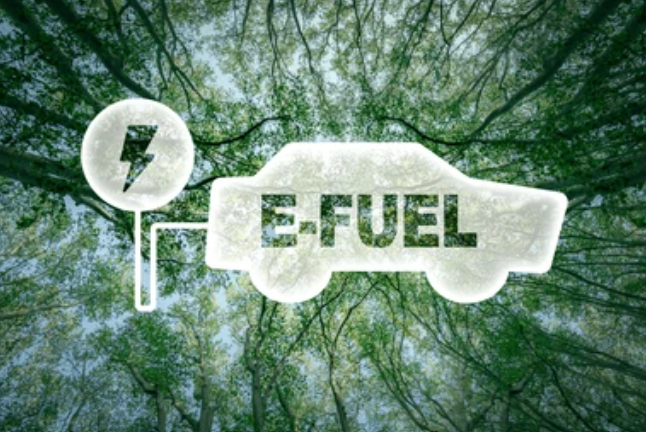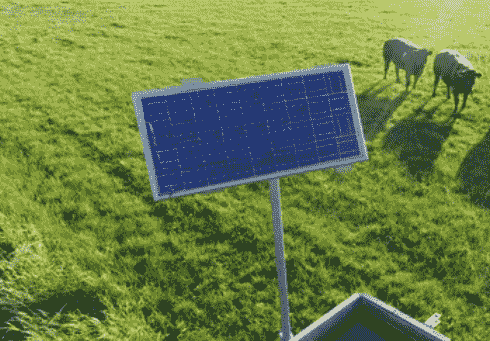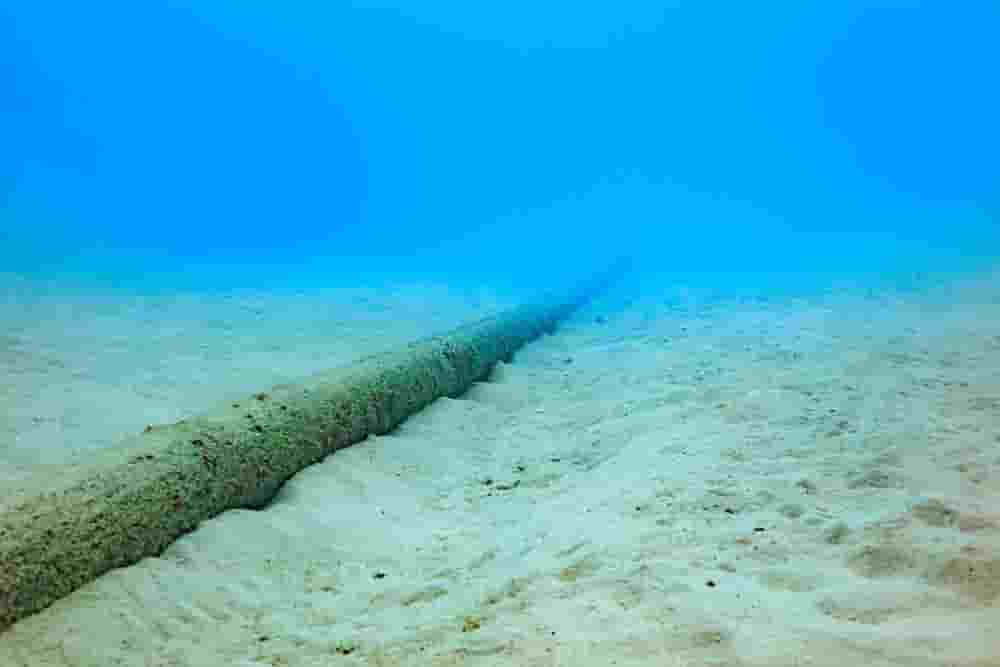Reimagining Wind: Advancing Blade Materials and Sustainable Recycling Solutions
Wind energy is at the heart of the global clean power transition. As turbines grow taller and more efficient, they’ve become a symbol of progress—delivering clean electricity to millions. But as the wind industry scales, it faces a critical, long-term sustainability question: What happens to the turbine blades when they reach the end of their life cycle?
Wind turbine blades are designed to be strong, lightweight, and incredibly durable. Typically made from composite materials like fiberglass and carbon fiber bonded with resin, these blades can withstand decades of harsh weather and high-speed rotation. However, that same strength creates a recycling dilemma. Unlike steel towers or copper wiring, these composites are notoriously hard to break down and reuse.
Right now, many decommissioned blades are either landfilled or incinerated. While they don’t leak toxins into the soil, the sheer size and volume of blades—often stretching over 50 meters—make landfilling an unsustainable option. With thousands of turbines nearing retirement age globally, the problem is growing.
Fortunately, the industry isn’t standing still. Material scientists and engineers are rethinking how blades are made. Newer designs are incorporating thermoplastic resins, which, unlike traditional epoxy, can be melted down and reshaped. Others are exploring bio-based resins derived from renewable sources like vegetable oils—reducing the environmental footprint from the start.
Recycling methods are also advancing. Techniques such as mechanical grinding, pyrolysis, and chemical recycling aim to extract valuable fibers and materials for reuse in construction, automotive components, or even new turbine parts. In some projects, whole blade sections are being repurposed as pedestrian bridges, sound barriers, or architectural features.
What’s more, there's a growing push for circular design thinking—engineering blades with their end-of-life use in mind from the very beginning.
Conclusion
The wind industry’s mission has always been about delivering clean energy. Now, it’s extending that mission to its own materials and lifecycle. By developing smarter materials and investing in responsible end-of-life strategies, we can ensure that wind power remains not just renewable—but truly sustainable.
Learn more on our website: https://www.leadventgrp.com/events/3rd-annual-wind-blade-materials-and-recycling-forum/details
For more information and group participation, contact us: [email protected].
Leadvent Group - Industry Leading Events for Business Leaders www.leadventgrp.com | [email protected]


